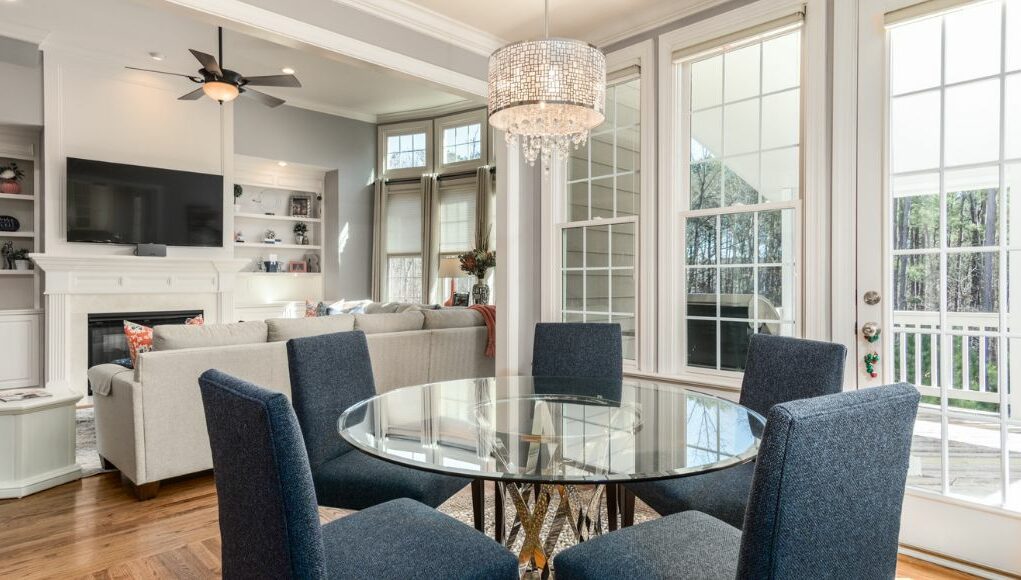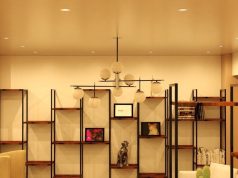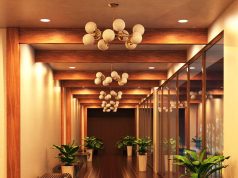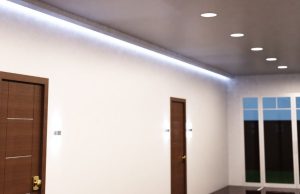Natural light is the illumination you receive from nature. It’s the best form of lighting which artificial sources only wish to replicate fully. Natural light has many benefits, but most importantly, it’s vital to keeping your physical and mental state healthy!
When discussing modern lighting, many may think of intelligent lighting fixtures, sleek designs, and other artificial light sources infused with technology. Yes, those elements are included. However, natural lighting plays a distinct role in that lighting design!
What purpose does natural light serve in modern lighting, and how do you successfully incorporate it into your interior design?
Power of Natural Light
Is natural light important? Do you really need to integrate it into your space? Exposure to natural light enables your body to produce Vitamin D, which enhances your circadian rhythm and sleeping pattern. It can also help you focus and be more productive!
Imagine working in a space without any windows. How will that make you feel? Instead of being efficient and working hard, you’ll feel more lethargic. It’s like being trapped, even if there’s a door that you can easily open! Natural light provides you with openness and a link to the outdoors, and it’s more crucial than what you initially thought. It’s worth the extra effort to ensure you have more avenues for sunlight to enter!
Assessing your Space
Allowing sunlight to enter is not as easy as it sounds. Yes, there’s ample sunlight outdoors, but how can you guarantee its entry into your home?
Understanding Natural Light Sources
Windows, skylights and doors are the central passageways of natural light. The bigger the window, the more sunshine you can welcome. If you’re building a home, strategically place your windows south-facing for the best daylight. Alternatively, if you’re renting, don’t block your windows, doors and the primary areas where natural light can slip through.
Analysing Light Patterns
The space orientation can affect the availability of natural light, and the best way to find out more about this is by performing careful research. Usually, light from the south is the best for daylight because sunlight is constant throughout the day and year.
Designing Strategies for Maximising Natural Light
After assessing the space, it’s time to create strategies to maximise natural light in your room. If you’re building, this can be easier since nothing is set in stone. The challenge comes when you’re renting, and there’s nothing that you can do structure-wise. Well, all hope is not lost as long as you plan everything meticulously!
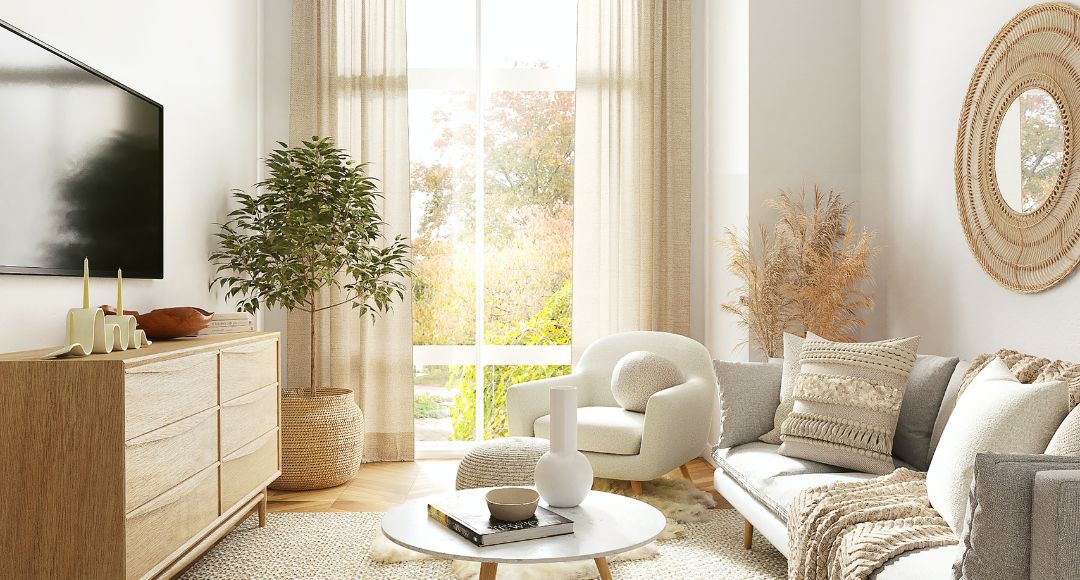
Optimising Window Placement and Sizes
Position windows in areas where you can maximise daylight. Choose more oversized windows that will allow you to introduce more natural light to your space. If you’re worried about privacy, consider clerestory windows. It can bring in light and fresh air while keeping your personal space private.
Aside from clerestory windows, you can also add bay windows, which can double as an architectural focal point of the room!
Choosing Light-Reflective Surfaces
If you don’t have a say in the placement of your windows, the next best option is using reflective surfaces to bounce the light around. You can use mirrors, light paint colours, and glass to ensure natural light can travel to different areas and create a brighter ambience!
Utilising Light-Enhancing Martials
There are times when natural light can be too harsh to enjoy the movie you’re watching. The solution is not blocking the lighting completely but diffusing it with light-enhancing materials like light-filtering curtains, frosted glass, light shelves, etc. Feathering out the concentration may give a better result than letting all the sunlight enter.
Decore and Furniture Considerations
To further enrich the availability of natural light in your space, consider the décor and furniture pieces you’ll use.
Minimalistic and Light-Coloured Furnishings
Obstructing the entry points and trajectory of natural light is the last thing you want to do in your space. If you wish for sunshine to reach your coffee table, don’t block your windows with massive display cabinets! Opt for light-coloured furniture and transparent and open furnishings to create a spacious feeling.
Strategic Placement of Décor Elements
Don’t be afraid to incorporate décor elements into your interior design. If you choose the right ones, it will not hinder natural light from shining through your space. Consider getting plants for a refreshing and soothing environment. Also, pick sheer curtains to maintain privacy while permitting sunlight to pass!
Smart Lighting Control
Unfortunately, natural light is limited to daytime, but smart lighting can enable you to use it to the very last possible moment! Integrating smart lighting controls will allow you to adjust your artificial lights based on the accessibility of natural light. With this, you’ll be able to efficiently illuminate your home with convenience!
Maintenance and Window Treatment
Because your windows are the entry point of natural light, you must keep them clean and free from dust and dirt. Ensure you wipe it weekly or bi-weekly to guarantee that no obstruction prevents sunlight from entering your home!
Conclusion
Natural light has many benefits not only for your space but also for your well-being! It provides accessible, high-quality brightness and keeps you physically and mentally healthy. Consider integrating smart controls to fully utilise natural light while efficiently augmenting it with artificial lighting during its absence. If you don’t know where to get high-quality smart controls, visit our website, Simple Lighting. Aside from smart controls, we have top-class indoor, outdoor and commercial LED products that will create perfect synergy with natural light!


